Investigating novel functionalities at domain walls
A promising route towards nanoscale engineering of functional properties is through the use of domain walls, the thin interfaces separating regions with different ferroelectric polarization, magnetic ordering or spontaneous strain. These interfaces, between a few tenths to hundreds of nm thick, present different symmetries and thus potentially different behavior from that of their parent materials. In addition, domain walls in epitaxial thin films may attract defects such as oxygen vacancies, locally modifying their electronic and chemical properties.
We have shown electrical conduction at ferroelectric 180° domain walls in insulating Pb(Zr0.2Ti0.8)O3 thin films. The observed conduction currents can be clearly differentiated from displacement currents associated with ferroelectric polarization switching. The domain wall conduction, nonlinear and highly asymmetric due to the specific local probe measurement geometry, shows thermal activation at high temperatures, and high stability over time.
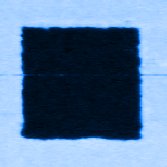
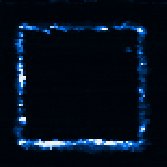
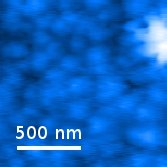
Combination of PFM (left) and c-AFM (middle) measurements showing the domain-wall-specific current response in PZT thin films. The corresponding surface topography is shown on the right.
In the same system, we have also demonstrated a domain-wall-specific shear response to electric fields applied along the polarization axis, forbidden by symmetry in the tetragonal ferroelectric parent material. This response can be seen as an opposing contraction/elongation along the field direction of the oppositely polarized material on either side of the domain walls, accompanied by an orthogonal, unit-cell-volume-preserving deformation.
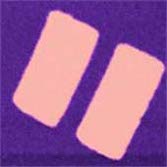
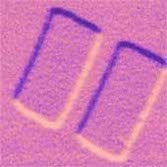
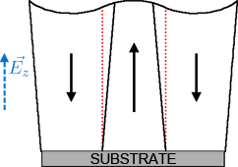
Vertical (left) and lateral (middle) PFM measurements on ferroelectric domains in a Pb(Zr0.2Ti0.8)O3 thin film, showing lateral piezoresponse at 180° domain walls. Right: sketch of domain wall bending in presence of an out-of-plane electric field.